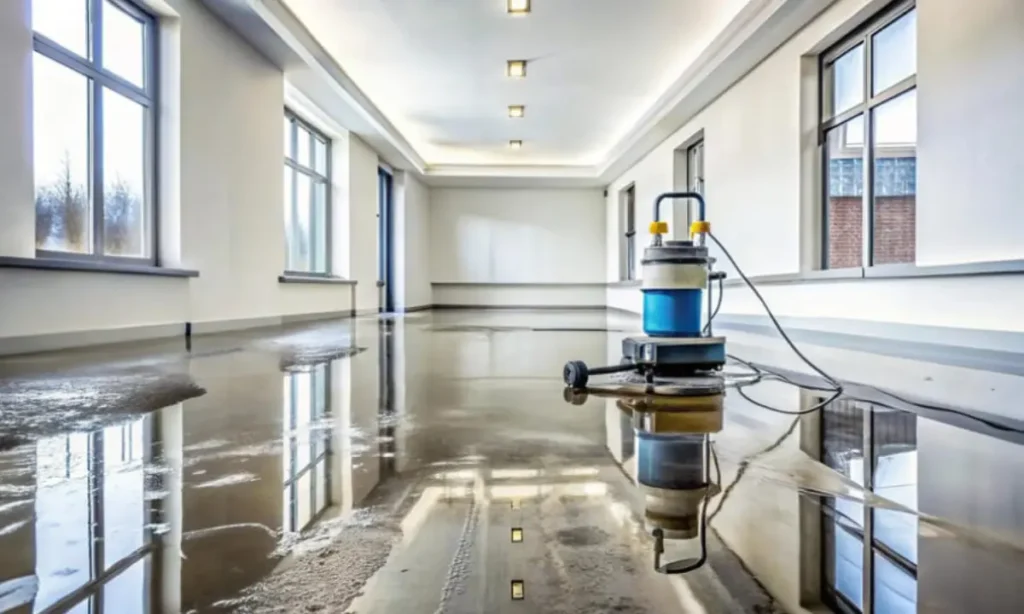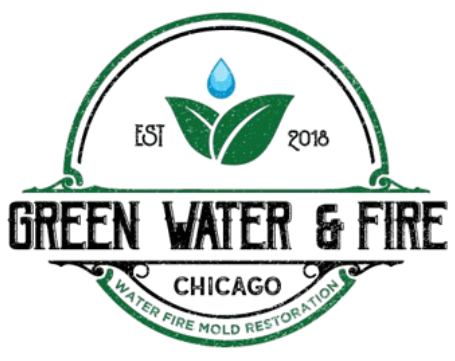Water damage can be a stressful situation following flooding or leaks. It can cause many damages you might not even notice. Water can go undetected into much of your property (inside walls, under cabinets or behind shelves). Hence to know how water extraction processes.
Water extraction is the process of removing that unwanted water at a rapid and effective rate. Different cases will require different gear and techniques, which makes it important to know how water extraction works. This guide will help you understand what works best and why.
What Is Water Extraction?

Water extraction is the process of removing excess water from a home and building following flooding, leaks or other water damage. Standing water can damage your building ‘s structure, promoting mold growth, and causing personal harm.
Because of this, professionals use special tools (like powerful pumps and wet vacuums) to remove both the water you can see, as well as the moisture hidden inside floors, walls and carpets. If they get everything blown away quickly then they ‘re less likely to do more damage in the long run.
Some people try to do water extraction on their own, but that’s not likely to work if you aren’t careful with the tools and knowledge to see hidden water. It’s usually best to go with professionals though, as they can make sure that your space is completely dry and safe.
Step by Step Water Extraction Process
1. Find the Water Damage:
First you have to find the place where the water is causing damage. Is there water on the floor, walls or water standing on the floor? This will let you know how bad it is and where your cleanup will be done.
2. Choose the Right Water Extractor:
Water extractors are machines which use high suction to remove water from carpets / floors and other surfaces. Depending on the job you may be using:
- Small wet/dry vacuums for minor water problems
- Truck mounted and professional grade extractors for high volume situations (flooded basements)
Some also use heated air to help dry the surface faster.
3. Start the Extraction Process:
Once you’ve chosen your machine:
- Use it to squeeze out as much standing water as you can
- Slowly push a bucket across carpets and floors to get water up inside
- Use filters in the machine to prevent clogging up (due to dirt/debris)
4. Vacuum and Clean Water Sources:
Before you clean it’s always good to know where the water came from. Was it clean water from a pipe or dirty water from outside? Those things will tell you what to do.
- Vacuum with wet, dry vacuums and professional water removers
- Some extractors may save rugs and floors from needing to be replaced
5. Remove Wet Items:
Remove any wet furniture, rugs and other items from the area. This helps the area dry faster and reduces the risk of mold growth. If the items are beyond salvage it ‘s safer just to throw them away.
6. Dry the Area Completely:
After the water is removed:
- Use fans and open windows to let the fresh air in
- Put dehumidifiers in the area to remove moisture from the air
- Look at small corners and tight spaces if they may still be damp
7. Clean and Disinfect:
Once the area is dry:
- Wash all surfaces with disinfectant to prevent mold and bacteria
- Take pictures of any damage done before and after (for insurance purposes)
- If necessary you should consult a professional for major damage or significant cleaning
8. Prevent Future Damage:
Now that the cleanup is done, perhaps you should look at improving drainage and/or sealing leaks to prevent future flooding. A little preparation can go a long way.
Why Is Water Extraction So Important?

Longstanding leaks or flooding can damage your property as well as your health if left unattended. Here’s why you need to clean up the water quickly:
- Prevents Mold Growth: Mold can form in only 72 hours after water contact. Removing the water as soon as possible helps prevent mold from forming.
- Helps Protect Your Home’s Structure: Water can damage the walls, floors and the foundation of your home. A swift response is required to help keep everything safe.
- Save your belongings: Usually the sooner you get the water out the better chances of salvaging things like furniture, electronics and personal items.
- Lowers Maintenance Costs – Acting quickly can help minimize damage and thus lower the overall cleanup costs and repair bills.
Conclusion
Water extraction is very important after any type of water damage. Whether it was from floods, a leak, or a burst pipe, the quick draining of excess water from the inside of your home helps to minimize further damage and keep your belongings dry. Because you know how water extraction works, you can take the right steps to prevent further damage, avoid mold, and keep your home dry.


















